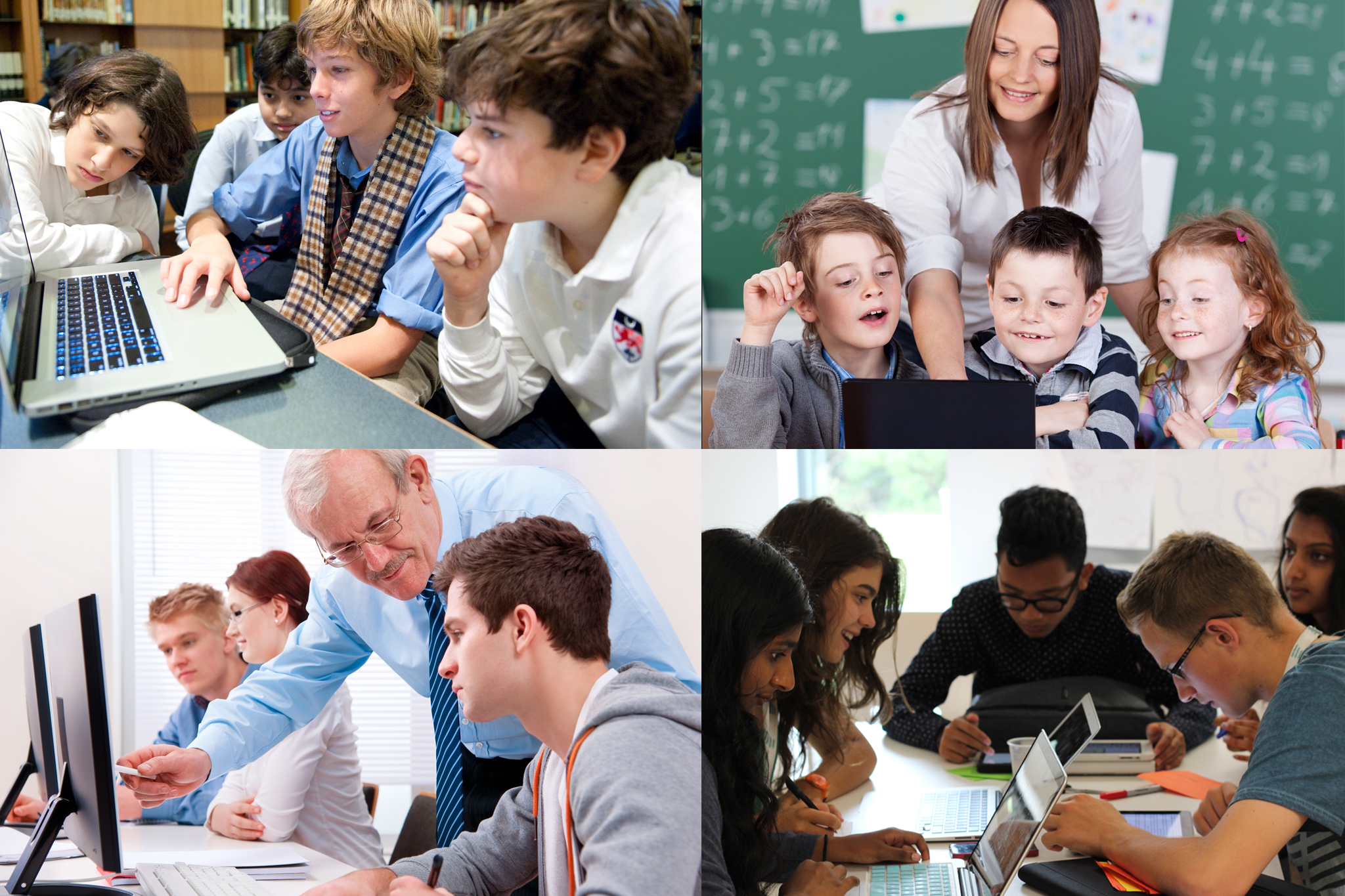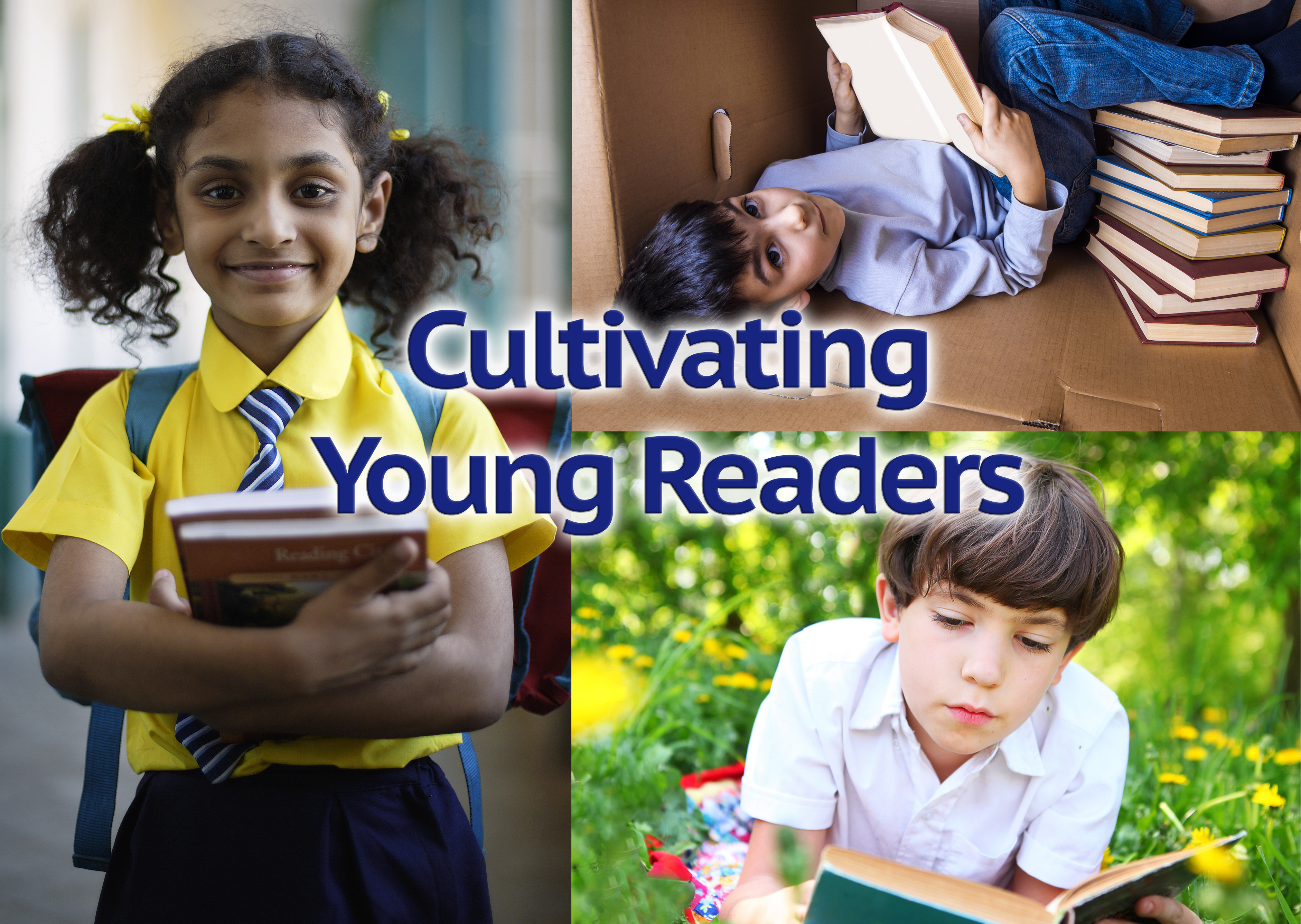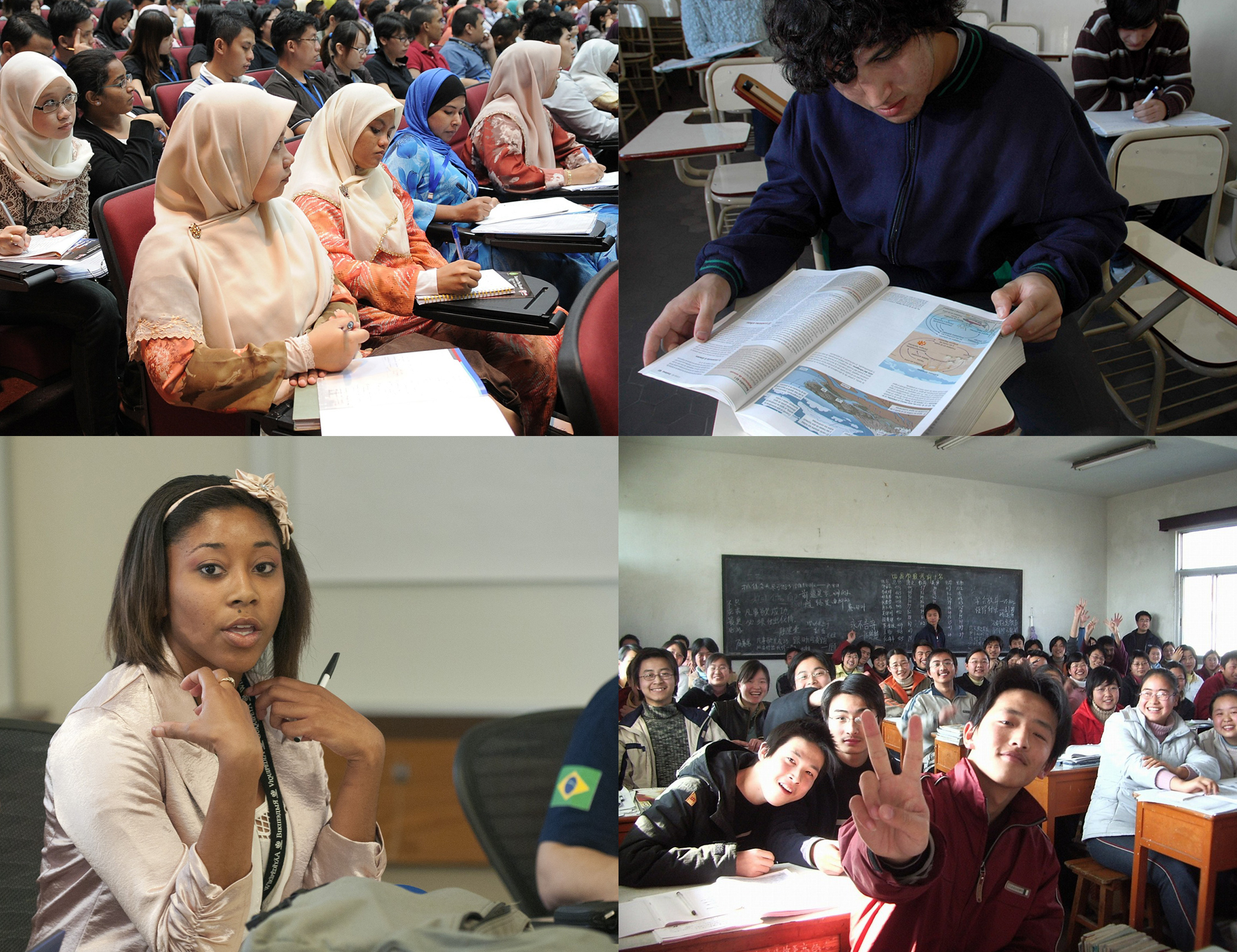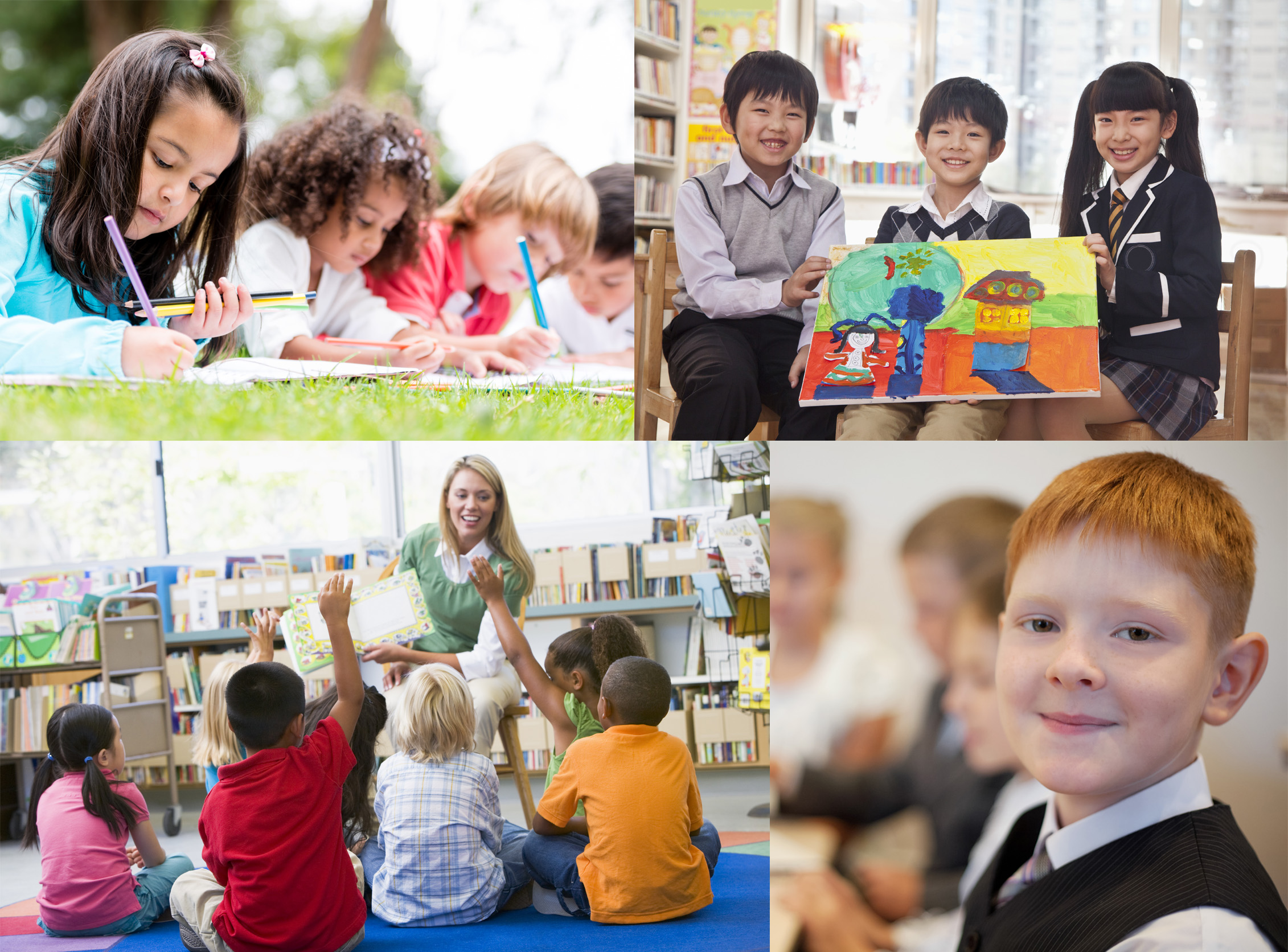
Have you ever noticed how integrating the Arts with traditional subjects can really make learning fun? Findings from a recent American Institutes for Research study shows arts integration also has great potential for improving student learning in multiple disciplines.
Today in The Global Search for Education, our global teachers share their experiences in their answers to this question: How can we maximize the value of art and music in education and how can it be blended with more traditional subjects?
Our Global Teacher Bloggers are pioneers and innovators in fields such as technology integration, mathematics coaching, special needs education, science instruction, and gender equity. They have founded schools, written curricula, and led classrooms in 13 different countries that stretch across every populated continent on earth. These teachers empower and enrich the lives of young people from nearly every background imaginable.
“It is time to turn the traditional hierarchy, Ken Robinson discussed, on its head and develop a generation of true thinkers and problem solvers through prominent art education for all,” writes Richard Wells (@EduWells). “Cloud computing, artificial intelligence, machine learning, and driverless vehicles are already creating a world where job unavailability is becoming common for millions. This makes a creative mindset more important than ever.” Read More.
“Kim Haynes, a K-12 teacher and freelance writer, directs students to make collages that represent concepts, such as a biological life cycle,” writes Todd Finley (@finleyt); “Bates Middle School, in Annapolis, teaches velocity and acceleration in 8th grade science by having students reflect on paintings that depict battling ships being fired upon by cannons.” And how are other teachers in Todd’s network integrating the arts with other disciplines? Read More.
“We are constantly monitoring students’ level of motivation and we have discovered that student engagement rises in every subject if the tasks and outcomes are meaningful and useful for them,” writes Dana Narvaisa (@dana_narvaisa). Dana shares some visual examples of the blended work that Cesis New Primary school has produced in this area. Read More.
“Studying Leonardo Da Vinci’s human propositions, his skills in drawing and three-dimensional paintings, can be brought into many math lessons,” writes Maarit Rossi (@pathstomath). “Mr. Fibonacci can be introduced for example in number patterns, and Durer’s number square, magic square 1524, in basic calculations.” Read More.
Elisa Guerra (@ElisaGuerraCruz) has asked her students to “produce and perform drama (and then to film and edit it) about historic characters. They have created art posters (and “marketing campaigns”) to choose the best monarch to represent enlightened absolutism. And sometimes we decide it is Opera Day and everyone – including myself – must sing whatever words come out from one’s mouth (I have found this to be very helpful in limiting my speech outcome!).” Read more.
“It has been interesting following the STEM/STEAM discussions online over the past year and the feelings that people have towards this,” writes Craig Kemp (@mrkempnz). “My biggest fear is that buzz words take over and as a result, true learning misses out.” Here’s how the team at Craig’s school is trying to avoid this. Read More.
Pauline Hawkins (@PaulineDHawkins) has some important questions of her own for us to consider this month. “If schools embraced this idea of art therapy, would we have as many children and teens suffering from stress and anxiety?”; and “If art is therapeutic, why do we give it so little importance and relegate it to an elective in secondary schools?” Read More.
A Mathematics teacher for the past 20 years, Rashmi Kathuria (@rashkath) believes that “while teaching Mathematics we should connect it with other subjects as well.” For example, “students can be asked to draw geometrical designs and explore Mathematics used in it.” Rashmi shares other examples of ways to integrate Math, Art and Music. Read More.
Getting communities in Sierra Leone to understand the value of arts education is challenging, according to Miriam Mason-Sesay (@EducAidSL). “In EducAid, we have succeeded in maintaining a fairly high level of enthusiasm for drama. We have become conscious more recently of the urgent need to redouble our efforts to engage volunteers from elsewhere, international teachers and practitioners to improve the chances of getting enthusiasm for the arts more generally.” Read More.
The Arts needs to be considered as a strategy “for forging deeper connections, engaging in more creative and complex thinking, as well as inspiring students to learn,” shares blogger at large Beth Holland (@brholland) from her summer reading, The Brain Targeted Teaching Model for 21st Century Schools by Dr. Mariale Hardiman, and In Assessment and the Learning Brain, by Hardiman and Whitman. Read More.
The Top Global Teacher Bloggers is a monthly series where educators across the globe offer experienced yet unique takes on today’s most important topics. CMRubinWorld utilizes the platform to propagate the voices of the most indispensable people of our learning institutions, teachers.

Rashmi Kathuria, Maarit Rossi
(Pictures are courtesy of CMRubinWorld)
Join me and globally renowned thought leaders including Sir Michael Barber (UK), Dr. Michael Block (U.S.), Dr. Leon Botstein (U.S.), Professor Clay Christensen (U.S.), Dr. Linda Darling-Hammond (U.S.), Dr. MadhavChavan (India), Professor Michael Fullan (Canada), Professor Howard Gardner (U.S.), Professor Andy Hargreaves (U.S.), Professor Yvonne Hellman (The Netherlands), Professor Kristin Helstad (Norway), Jean Hendrickson (U.S.), Professor Rose Hipkins (New Zealand), Professor Cornelia Hoogland (Canada), Honourable Jeff Johnson (Canada), Mme. Chantal Kaufmann (Belgium), Dr. EijaKauppinen (Finland), State Secretary TapioKosunen (Finland), Professor Dominique Lafontaine (Belgium), Professor Hugh Lauder (UK), Lord Ken Macdonald (UK), Professor Geoff Masters (Australia), Professor Barry McGaw (Australia), Shiv Nadar (India), Professor R. Natarajan (India), Dr. Pak Tee Ng (Singapore), Dr. Denise Pope (US), Sridhar Rajagopalan (India), Dr. Diane Ravitch (U.S.), Richard Wilson Riley (U.S.), Sir Ken Robinson (UK), Professor Pasi Sahlberg (Finland), Professor Manabu Sato (Japan), Andreas Schleicher (PISA, OECD), Dr. Anthony Seldon (UK), Dr. David Shaffer (U.S.), Dr. Kirsten Sivesind (Norway), Chancellor Stephen Spahn (U.S.), Yves Theze (LyceeFrancais U.S.), Professor Charles Ungerleider (Canada), Professor Tony Wagner (U.S.), Sir David Watson (UK), Professor Dylan Wiliam (UK), Dr. Mark Wormald (UK), Professor Theo Wubbels (The Netherlands), Professor Michael Young (UK), and Professor Minxuan Zhang (China) as they explore the big picture education questions that all nations face today.
The Global Search for Education Community Page
C. M. Rubin is the author of two widely read online series for which she received a 2011 Upton Sinclair award, “The Global Search for Education” and “How Will We Read?” She is also the author of three bestselling books, including The Real Alice in Wonderland, is the publisher of CMRubinWorld, and is a Disruptor Foundation Fellow.
Follow C. M. Rubin on Twitter: www.twitter.com/@cmrubinworld






Recent Comments